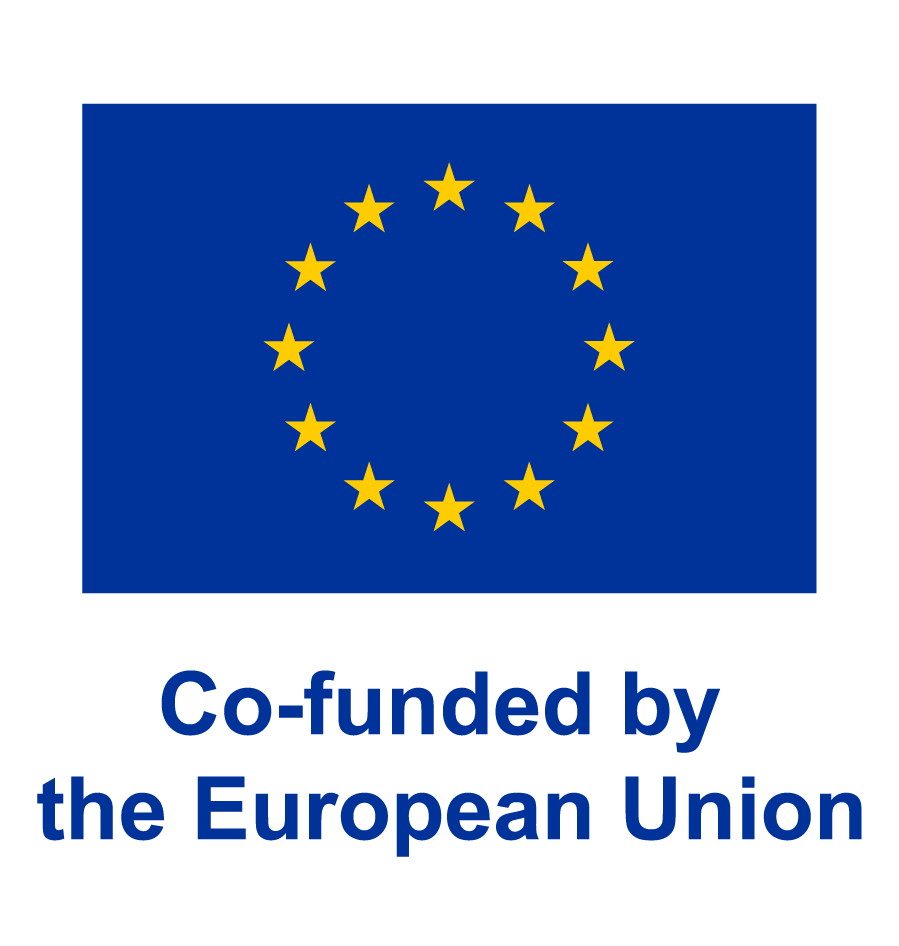Matrix interference evaluation employing GC and LC coupled to triple quadrupole tandem mass spectrometry
S. Uclésa, A. Lozanoa, A. Sosab, P. Parrilla Vázqueza, A. Valverdea & A.R. Fernández-Albaa
aAgrifood Campus of International Excellence (CeiA3), Department of Chemistry and Physics, University of Almería, European Union Reference Laboratory for Pesticide Residues in Fruit and Vegetables, 04120 Almería, Spain
bNational Agricultural Technology Institute (INTA), Concordia Agricultural Experimental Station, Argentina
Talanta 174 (2017) 72–81
Abstract
Gas and liquid chromatography coupled to triple quadrupole tandem mass spectrometry are currently the most powerful tools employed for the routine analysis of pesticide residues in food control laboratories. However, whatever the multiresidue extraction method, there will be a residual matrix effect making it difficult to identify/quantify some specific compounds in certain cases. Two main effects stand out: (i) co-elution with isobaric matrix interferents, which can be a major drawback for unequivocal identification, and therefore false negative detections, and (ii) signal suppression/enhancement, commonly called the “matrix effect”, which may cause serious problems including inaccurate quantitation, low analyte detectability and increased method uncertainty.
The aim of this analytical study is to provide a framework for evaluating the maximum expected errors associated with the matrix effects. The worst-case study contrived to give an estimation of the extreme errors caused by matrix effects when extraction/determination protocols are applied in routine multiresidue analysis.
Twenty-five different blank matrices extracted with the four most common extraction methods used in routine analysis (citrate QuEChERS with/without PSA clean-up, ethyl acetate and the Dutch mini-Luke “NL” methods) were evaluated by both GC-QqQ-MS/MS and LC-QqQ-MS/MS. The results showed that the presence of matrix compounds with isobaric transitions to target pesticides was higher in GC than under LC in the experimental conditions tested.
In a second study, the number of “potential” false negatives was evaluated. For that, ten matrices with higher percentages of natural interfering components were checked. Additionally, the results showed that for more than 90% of the cases, pesticide quantification was not affected by matrix-matched standard calibration when an interferent was kept constant along the calibration curve. The error in quantification depended on the concentration level. In a third study, the “matrix effect” was evaluated for each commodity/extraction method.
Results showed 44% of cases with suppression/enhancement for LC and 93% of cases with enhancement for GC.
© 2017 Elsevier B.V. All rights reserved..
If you want to obtain the full text document, please contact with us:
Carmen Ferrer: cferrer@ual.es (+34) 950 014 102
Octavio Malato: omalato@ual.es (+34) 950 214 423
Published 27-06-2017, 16:52:23
Top of Page

